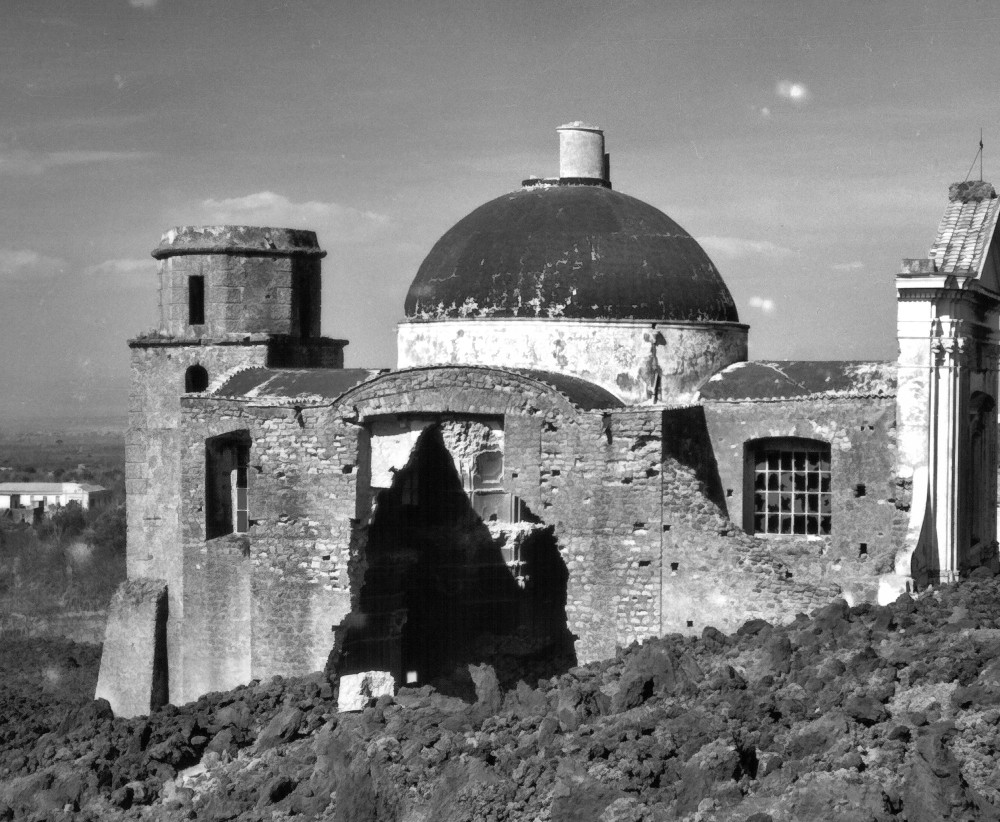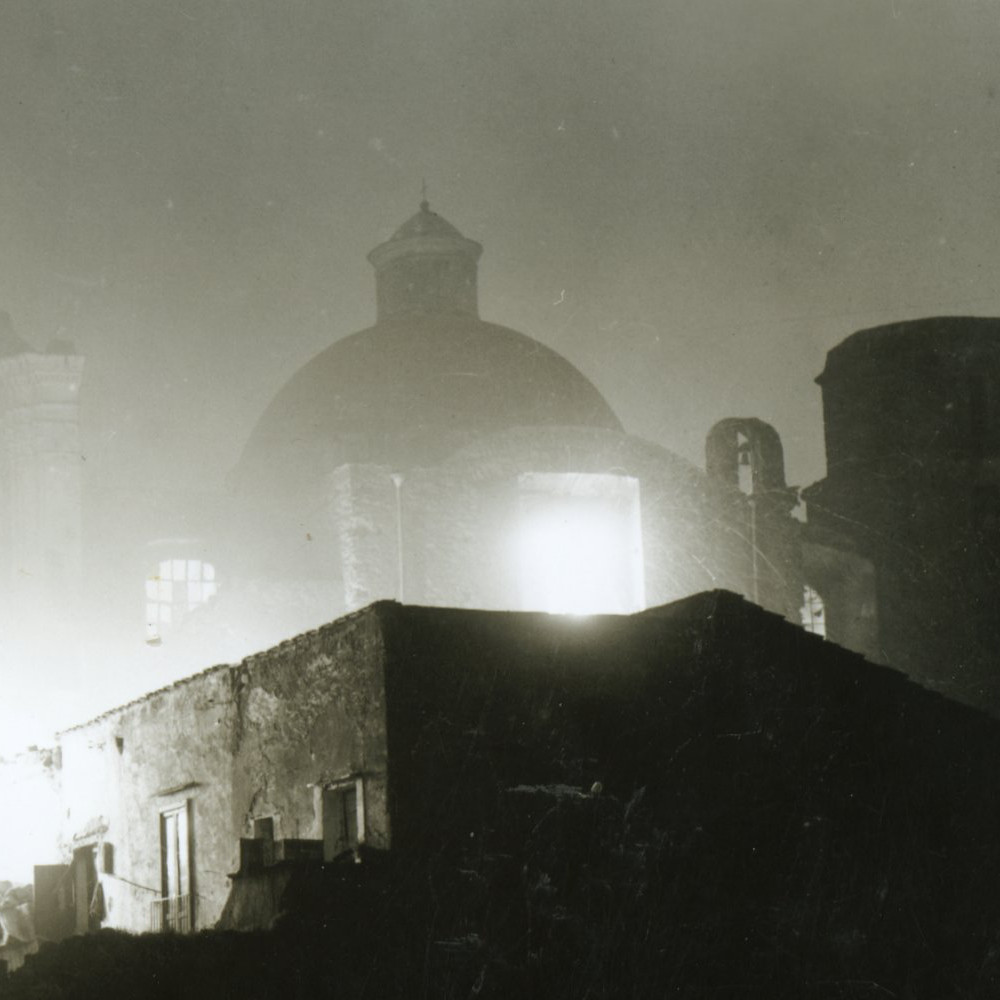One of the joys of having kids is the ability to relive your childhood vicariously through them. For example, if you were a 39 year old single guy with a slot car set in the middle of your “toy room”, you might get some odd looks from friends. If, however, you have kids it’s not a problem! The down side of this is that you also relive all of the homework and school projects. One of my boy’s was to do a report on a volcano that erupted in the last 100 years and build an “erupting” (with soda and vinegar) model. Of course as a WWII history buff, I suggested Mt. Vesuvius as it erupted during the war. He agreed to that and we went to work. I discovered that I didn’t know much about the event myself. So what follows is a brief history of the 1944 Vesuvius eruption (not the boy’s paper).

Mount Vesuvius is locates close to the port of Naples and several other smaller towns. The area was taken in the months following the September 1943 landing in Salerno, about 15 or so miles to the south. By the time of the eruption, the allies had made several airbases in the area. One of these was located in Pompeii. The volcano erupted over the span of several days; from 18-23 March, 1944.

Dana Craig, one of the men from the 486th Bombardment Squadron of the 340th Bombardment Group described the eruption:
"...On the day prior, Vesuvius was belching smoke. It was an overcast sky with the threat of rain. About midnight, I went out of my billet to answer the call of nature. While outside, in a mild drizzle, I was hit on the head by what I thought was a small rock. Suspecting some sort of joke, I went inside for a flashlight. When I returned, the light revealed a layer of damp cinders on the ground. We knew at that time that Vesuvius was erupting. We began to feel the earth shake as though a bomb had gone off. After each quake, a few minutes would pass before the debris blown out of the crater would start to hit the ground. About daylight, the rear of our building started to cave in. We then began to see the larger rocks coming down. By this time everyone was wearing his steel helmet and heavy sheepskin jacket for protection from the falling material. I can't recall ever having breakfast that morning. It wasn't very long before we were loaded into trucks and evacuated to Naples."
The 340th had from 78-88 aircraft destroyed. Nature was apparently better at destroying their aircraft than the Germans were. A Luftwaffe raid on the base in May didn’t damage near as many. Here is a picture of some of the damage wrought by falling ash, rock and burning materials:

No one died as a result of the eruption but it hampered Allied air efforts in the area for a good time to come. A really good history and repository of pictures (including all of those used here) is at the War Wings Art website:
The eruption is also commemorated a medal that my grandfather had. I have asked around groups of people educated in the Mediterranean theater and haven’t found anyone who was very familiar with it. Not sure of its origins. You can Google the inscription “Commemorative Medal of the Entrance of the Allied Armies in Naples 1st October 1943” and there are lots of militaria sites selling them (and it seems the ribbon is not original) but there’s not a lot of material on it.


5th Army Commemorative Medal of the Entrance of the Allied Armies in Naples 1st October 1943
Parting shot:

Ok, Ok! One more:







